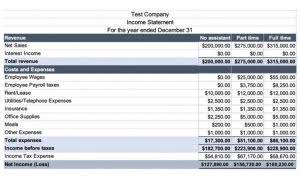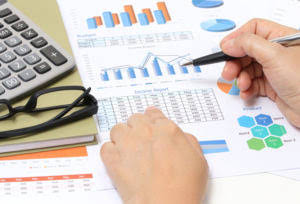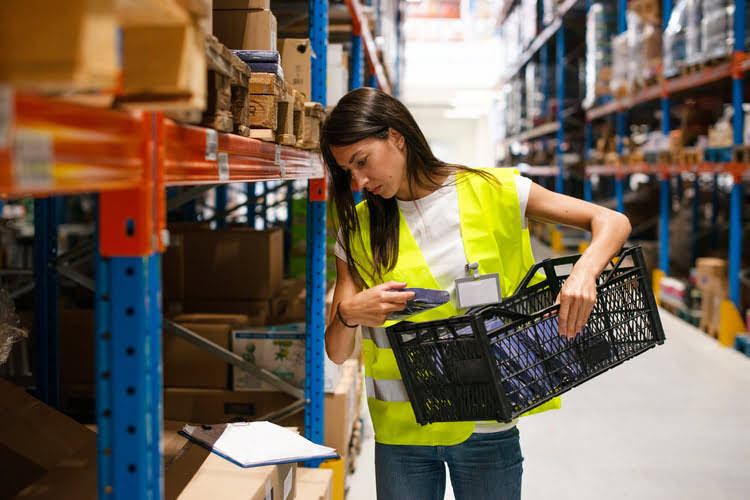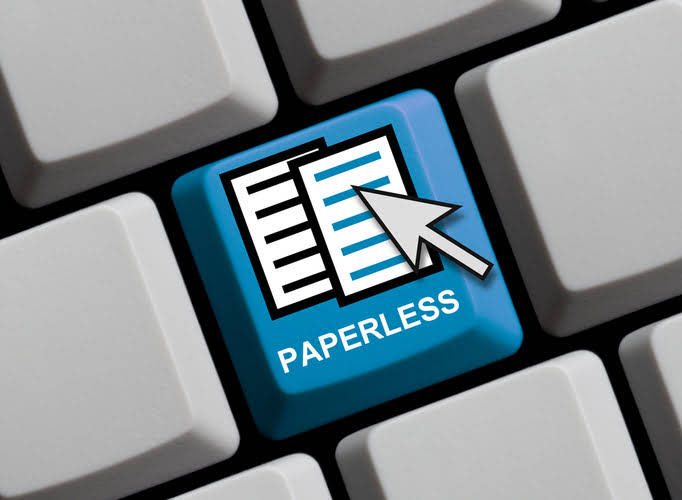
In general, overhead refers to all costs of making the product or providing the service except those classified as direct materials or direct labor. Manufacturing overhead costs are manufacturing costs that must be incurred but that cannot or will not be traced directly to specific units produced. In addition to indirect materials and indirect labor, manufacturing overhead includes depreciation and maintenance on machines and factory utility costs. This means that these costs directly impact the income statement for the specific time frame.

Comparing Product Costs and Period Costs
- Calculating product costs can be a difficult task, especially when it comes to determining the development costs of SaaS.
- It’s only when the product is sold that these costs are transferred to the Cost of Goods Sold (COGS) category on the income statement.
- The tires that are bought or manufactured in the plant are necessary to produce a finished car.
- And product costs play a significant role, especially in valuing the goods a company hasn’t sold yet.
- They will not be expensed until the finished good are sold and appear on the income statement as cost of goods sold.
- If you manufacture a product, these costs would include direct materials and labor along with manufacturing overhead.
- These can be broadly categorized into selling costs and administrative costs.
To avoid losses, the sales price must be equal to or greater than the product cost per unit. If the sale price is equal, it is a break-even situation, i.e., period costs no profit or loss, and the sales price covers the cost per unit. On the other hand, a sales price higher than the cost per unit results in gains. Moreover, when the costs related to production are clearly known, it helps businesses to price their products properly, ensuring the businesses do not incur losses.
Period costs:
LogRocket identifies friction points in the user experience so you can make informed decisions about product and design changes that must happen to hit your goals. With LogRocket, you can understand the scope of the issues affecting your product and prioritize the changes that need to be made. LogRocket simplifies workflows by allowing Engineering, Product, UX, and Design teams to work from the same data as you, eliminating any confusion about what needs to be done. Before you even begin developing a product, you need a clear plan for what you’re building. Without a project plan or product roadmap, it’s hard to make sure all stakeholders and teams are on the same page. Backing up your assumptions with data can bolster your confidence that you are building a product that actually meets the needs of your customers.
CPA Automation: 5 Benefits of Automated Accounting For CPA Firms
Period costs include selling expenses and administrative expenses that are unrelated to the production process in a manufacturing business. Selling expenses are incurred to market products and deliver them to customers. recording transactions Administrative expenses are required to provide support services not directly related to manufacturing or selling activities.
Cost of product vs period cost: reflecting costs in financial statements
So if you pay for two years of liability insurance, it wouldn’t be good to claim all of that expense in the period the bill was paid. Since the expense covers a two year period, it should be recognized over both years. Classify the following costs as (PRO) product costs or (PER) period costs. You may find yourself in a situation where you determine your production costs are more than you desire. Or, maybe your customers aren’t willing to pay that much for your product. In this case, you may want to consider strategies to reduce product costs.
- They determine the value assigned to these unsold goods on the balance sheet.
- Manufacturing overhead costs are manufacturing costs that must be incurred but that cannot or will not be traced directly to specific units produced.
- We need to first revisit the concept of the matching principle from financial accounting.
- If a company’s management understands both product and period costs, they can use it in improving decision-making.
- Still, it is very difficult or insignificant to trace the low value of grease used in a particular vehicle hence referred to as indirect costs.
- For this reason, businesses expense period costs in the period in which they are incurred.
Direct materials
Imagine your favorite bakery – the cost of flour, sugar, and the baker’s time to make those croissants you’re so fond of. Ltd, a small shirt manufacturing company, requires fabric, thread, and buttons. Consider the direct raw material to be just fabric, while the requirements of the other two materials cannot be directly tracked and are hence considered indirect. In the accounting records, the cost of finished products is accumulated in an inventory account – usually “Finished Goods Inventory”. When goods are sold, the cost is transferred from “Finished Goods Inventory” in the balance sheet to “Cost of Sales” (or Cost of Goods Sold) in the income statement.

- Sometimes they’re right, but when they’re wrong, the consequences could be disastrous.
- Instead, they’re more about keeping the business running smoothly and supporting its overall operation.
- Most of the components of a manufactured item will be raw materials that, when received, are recorded as inventory on the balance sheet.
- The direct labor costs are the salaries, wages, and benefits (like insurance) paid to these labor forces against their services.
- This forward-looking approach enables companies to predict potential financial challenges and opportunities, allowing for proactive adjustments to their strategies.
For instance, a spike in rental expenses due to market changes would necessitate a reevaluation of pricing to ensure that the increased costs do not erode profit margins. This agility helps businesses remain competitive and financially healthy in a dynamic economic environment. The inclusion of period costs in pricing decisions also involves a strategic component. This approach can be particularly effective in industries where customer acquisition costs are high, but the lifetime value of a customer is significant. The pricing strategy must then be adjusted over time as the business scales and these costs become a smaller proportion of the total expenses.
- Forecasting, on the other hand, involves projecting future period costs based on historical data, economic trends, and anticipated changes in the business environment.
- This timing is crucial for accurately determining the total cost of producing each unit.
- These expenses are considered period costs and are expensed in the period they are incurred.
- The remaining inventory of 200 units would not be transferred to cost of good sold in 2022 but would be listed as current asset in the company’s year-end balance sheet.
- Since these expenditures create value and benefit in future periods, they are reported on the balance sheet instead of being expensed on the income statement.
📆 Date: May 3-4, 2025🕛 Time: 8:30-11:30 AM EST📍 Venue: OnlineInstructor: Dheeraj Vaidya, CFA, FRM

Period costs guide decisions on running the whole business efficiently, like deciding on staffing or advertising, ensuring everything works well Restaurant Cash Flow Management financially. It’s like finding the right balance to make good products and keep the entire business in good shape. Ending inventory is like a treasure trove of products waiting to leave the shelves and go to customers. The product costs, including direct materials, labor, and overhead, are like the guardians of this treasure.

For example, a substantial increase in advertising expenditure in a particular quarter will decrease the net income for that quarter, even if the benefits of the advertising campaign are long-term. In the intricate world of accounting and management, period costs stand as a critical concept that influences financial reporting and strategic decision-making. These expenses are pivotal for businesses to comprehend as they directly affect profitability and operational efficiency. Balancing product and period costs is important for your business performance efficiency. Product costs help you fine-tune the price of each item you sell, ensuring profitability. Period costs guide decisions about how to efficiently rule your small business realm to stay afloat, impacting staffing, advertising, and day-to-day operations.